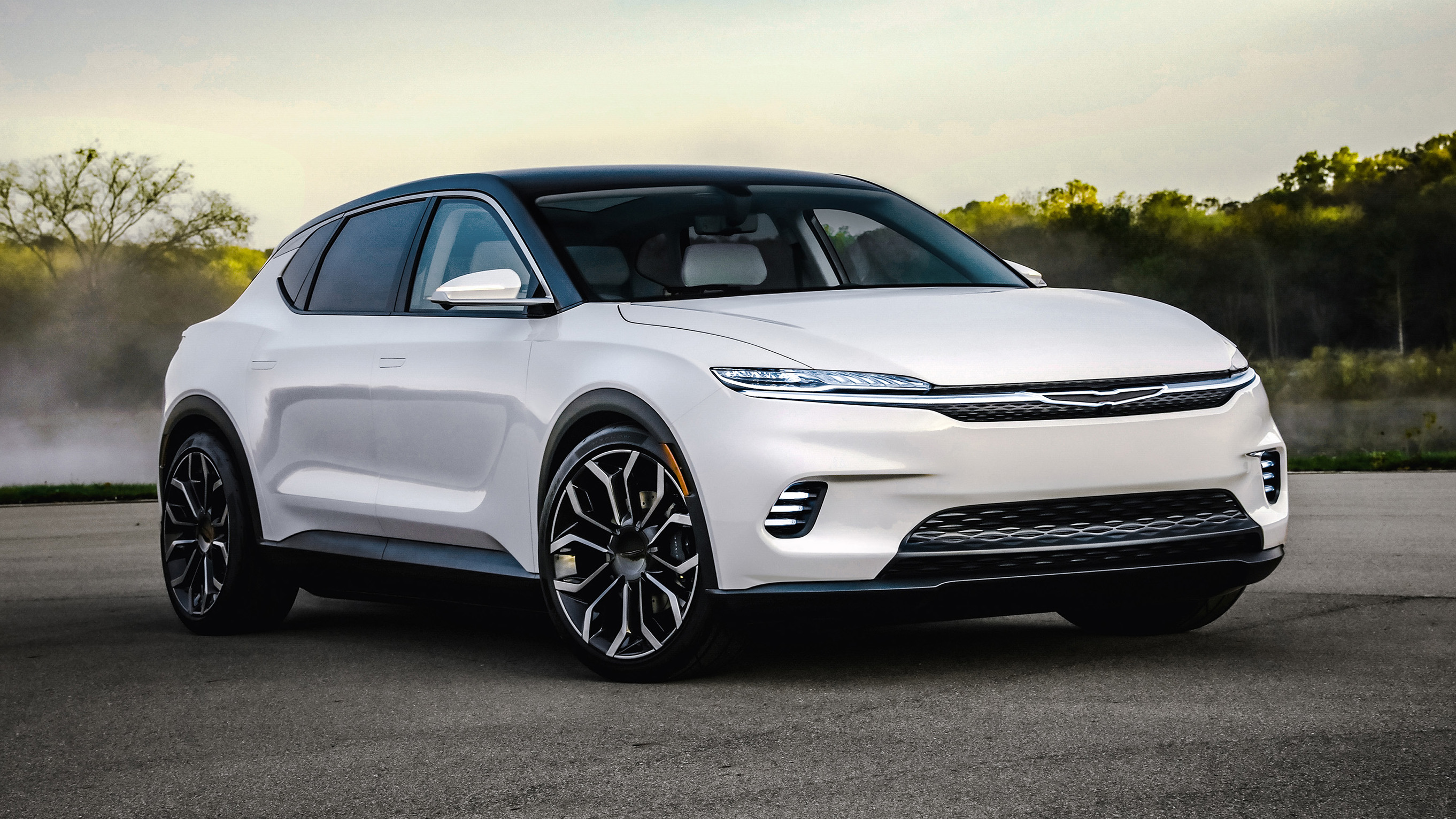We all know that the outlook for the Chrysler brand is not clear-cut, but they continue to keep up with the times and present new models. In this article, you will learn what the future holds for Chrysler and what new models to expect in the market.

Latest news about Chrysler
Chrysler will continue to exist under the new global automotive conglomerate, according to Carlos Tavares, the CEO of the Stellantis company, who spoke during an online conference for media and dealers. The senior management claimed that together with Fiat and Peugeot, the brand is one of the foundations of the new company and that he views it as historically significant. Tavares pledged to work on Chrysler’s revival in the upcoming months because he wants to see a bright future for the company in the auto industry, despite the fact that U.S. demand for cars will drop 13% to 110,464 in 2020.
Americans purchased 110,465 vehicles in the coronavirus-ravaged 2020, a 13% decrease from the previous year. However, sales in the United States unexpectedly rose last year: in 2021, users purchased 115,005 units, 4.1% higher than the year before.
The decline in sales is the result of Chrysler’s decreasing product selection, which today only offers buyers in the United States the outmoded Chrysler 300 models through years. New model development is not currently on the brand’s agenda. There were suspicions that one of the brand’s future possibilities involved rebranding some PSA vehicles to Chrysler, but Tavares said that such plans had not yet been taken into consideration. The CEO of Stellantis also said that he will shortly name a new brand manager to take over the position now held by Tim Kuniskis, the former CEO of FCA’s passenger car business.
Let’s take a look at what new concepts Chrysler is offering today.
Chrysler Airflow
For the first time the name “Airflow” was given to a luxury sedan in 1934. This car of avant-garde, streamlined forms became the first mass-produced car in the U.S., created taking into account the laws of aerodynamics – and gathered a lot of rave reviews from specialists and the press. However, the advanced design played a cruel joke on Airflow. The cars were unusual in appearance – the streamlined “face” looked silly and dull, and the build quality was poor. Accordingly, the Airflow did not sell well, and in 1937 the sensational model was removed from production.
However, the new Airflow does not look like its ancestor. The concept shows what will be the new language of the brand, which will be used by all future models. In addition, the crossover is armed with the most advanced technologies and systems.
The promising Chrysler electric car has a cross-coupe-style body with a contrasting roof and unusual rear pillars, as well as doors with “pop-up” handles and slim LED headlights. The shape of multi-part optics echoes the outlines of the brand logo, located on the minimalist “grille”. The interior of the all-terrain vehicle is distinguished by the almost total absence of physical controls. The front part of the novelty is equipped with five monitors. The largest of them became the central screen of the media system, which is flanked by the dashboard display and an additional touchscreen for the front passenger. And in the area of the front pillars designers placed one more compact panel – they carry the keys to control some additional functions and are able to display some indications of onboard systems.
Conclusion
As of now, all that is known about Chrysler is that it will eventually provide “a whole new variety of items,” part of which will be “brand-new products that do not now exist” and part of which will be “products that are currently listed in the categories relevant to the firm.” It appears that the American brand’s next range will contain replacements for both the 300 large sedans and the Pacifica minivan, which can “re-train” to become a crossover. Additionally, the international media does not rule out the possibility that the corporation may bring back the Voyager and convert it into an SUV.
